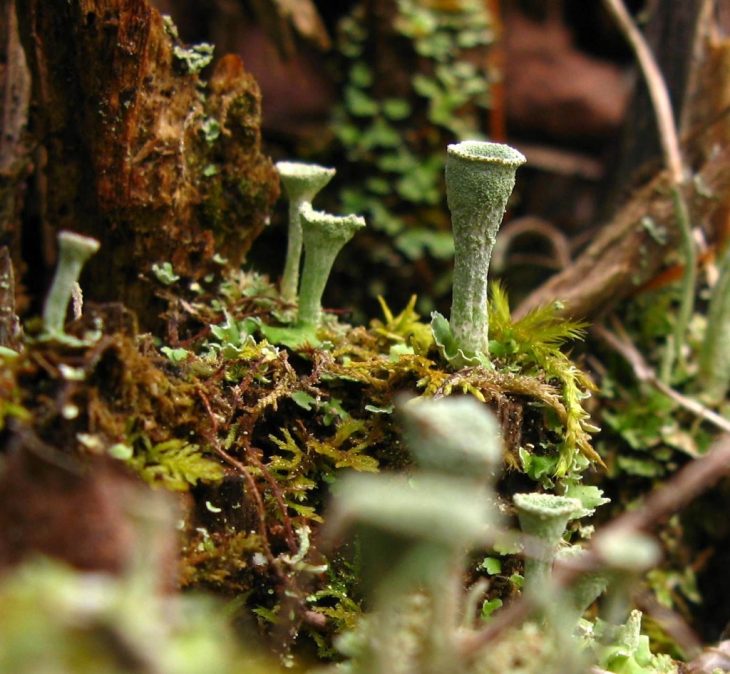Recursive Growth
Parametric Lichen
Lichens are neither plant or fungus, but something in-between. They are more similar in nature to algae.
They tend to grow on organic objects that have accesses to sun and water, however, they have been spotted growing in almost any conditions or on many materials.
Not dissimilar to mosses they are tiny plant-like structures.

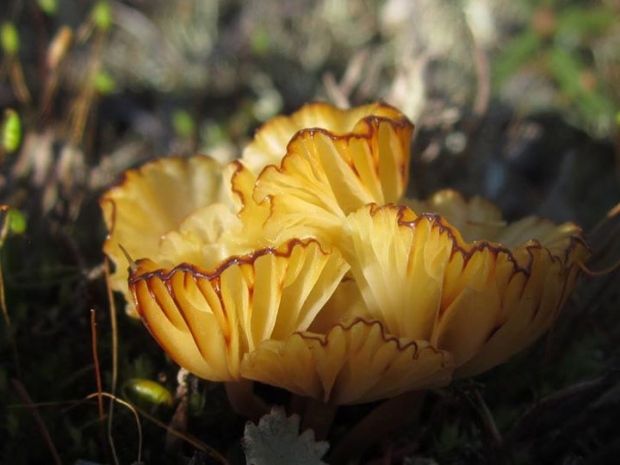

If abandoned lichens would be some of the first organisms to move into the Barcelona pavilion by Meis Van Der Rohe.
Especially in a place like under the roof where there is sun and rainfall, however eventually lichens, mosses and algae would cover the building. as trees and plants started growing the lichens would start growing on them too, a recursion in nature.
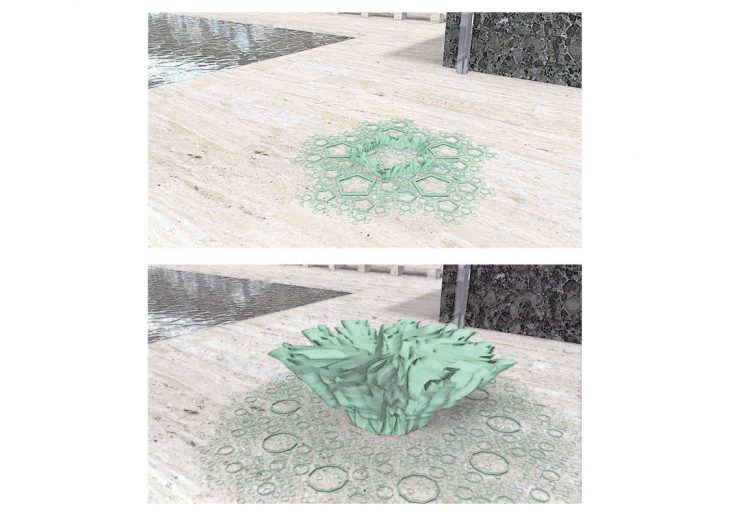
The steps to create the Lichen is:
- making a polygon give it more than 2 sides.
- using recursion, duplicate the geometry
- add thickness
- and colour
- going back to the original shape,
- duplicate the shape on top of its self,
- adding line length for each iteration
- using extra point smooth the line out
- mesh all the lines
- add colour.
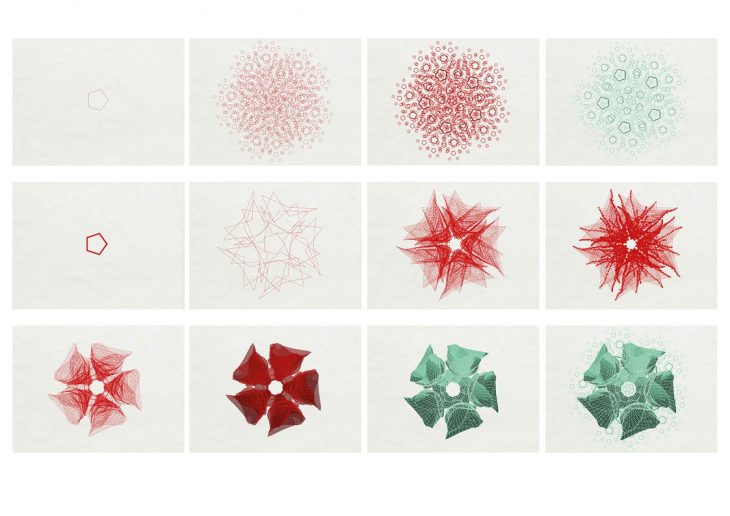
using different parameters gets different shapes
- Number of recursions
- height of recursions
- the amount of line length added
- the spread of recursions form the top
- the spread of recursions form the bottom
- the radius of the original shape
- the number of sides of the shape
- the angle of rotation about the original
- closeness to the original
- size of duplicates
- and number of recursions
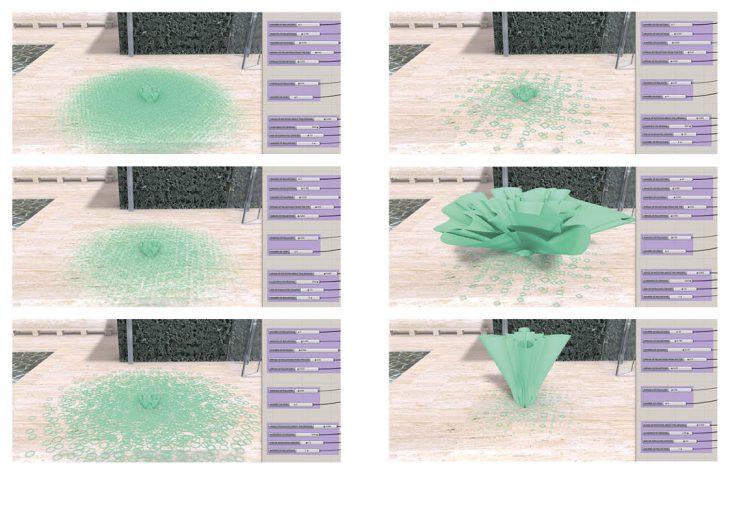
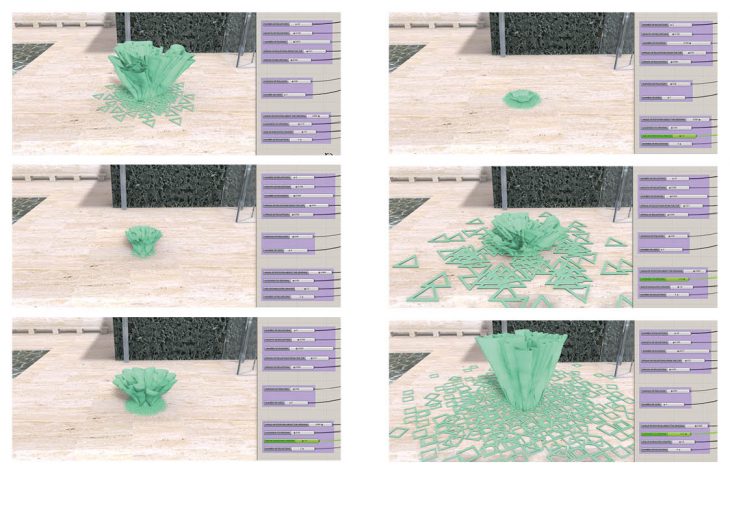
Recursive Growth is a project of IaaC, Institute for Advanced Architecture of Catalonia developed at Master in Advanced Architecture, in 2018/2019 by:
Students: Fiona Clara Louise Demeur
Faculty: Rodrigo Aguirre
Student Assistant: Nikoleta Mougkasi
Cite:
Nikola Rahmé
Jeff Hollett
Gerhard Hüdepohl
‘Lichens: Meaning, Classification and Occurrence’
Article by: Anushree Sinha
